|
Hellifield Engine Shed
Hellifield Engine Shed was a railway locomotive depot adjacent to railway station in North Yorkshire, England. The depot opened in 1880 and was closed in 1963. Its main function was to house engines for use on the Settle-Carlisle line. Hellifield was coded as 30A, 20G, 23B, and 24H and was a sub-shed of first Skipton depot, and latterly under Accrington depot. History Hellifield was opened as depot in 1880 and its purpose was the supply of engines for the four lines radiating from Hellifield, though its most important duty was to provide relief and pilot engines for trains running to Carlisle. This was deemed necessary because of the 1-in-100 climb up to Ais Gill. The railway climbs continually from Hellifield to Ais Gill, a section known as the ''Long Drag'', where it attains a height of . The sheds were furnished with a turntable, made by Cowans & Sheldon at a cost of £325, though it was not ready for when the station and shed opened. This resulted in some locomotives, ... [...More Info...] [...Related Items...] OR: [Wikipedia] [Google] [Baidu] |
Hellifield
Hellifield is a village and civil parish in the Craven district of North Yorkshire, England (). Historically part of the West Riding of Yorkshire, the village was once an important railway junction on the Settle-Carlisle Railway between the Midland Railway and the Lancashire and Yorkshire Railway, but Hellifield railway station is now a shadow of its former glory. It is situated on the A65, between Skipton and Settle. Hellifield had a population of 1,060 residents at the 2001 census, increasing to 1,426 at the 2011 census. History In the Domesday Book of 1086, Hellifield is mentioned as Helgeflet; meaning 'Holy Marsh or Stream', translated from Anglo-Saxon, the village also could have been dedicated to the Anglo-Saxon Goddess ' Hel'. There is also the possibility that the name derives from the Norse 'The Farm of Helgi'. The village name changed over the years; in the 12th century, Hellifield was referred to as "Nether Hellifield" and in the 17th and 18th centuries the v ... [...More Info...] [...Related Items...] OR: [Wikipedia] [Google] [Baidu] |
North Yorkshire
North Yorkshire is the largest ceremonial county (lieutenancy area) in England, covering an area of . Around 40% of the county is covered by national parks, including most of the Yorkshire Dales and the North York Moors. It is one of four counties in England to hold the name Yorkshire; the three other counties are the East Riding of Yorkshire, South Yorkshire and West Yorkshire. North Yorkshire may also refer to a non-metropolitan county, which covers most of the ceremonial county's area () and population (a mid-2016 estimate by the ONS of 602,300), and is administered by North Yorkshire County Council. The non-metropolitan county does not include four areas of the ceremonial county: the City of York, Middlesbrough, Redcar and Cleveland and the southern part of the Borough of Stockton-on-Tees, which are all administered by unitary authorities. The non-metropolitan county and the City of York are within the Yorkshire and the Humber region. Middlesbrough, Redcar ... [...More Info...] [...Related Items...] OR: [Wikipedia] [Google] [Baidu] |
Midland Railway
The Midland Railway (MR) was a railway company in the United Kingdom from 1844. The Midland was one of the largest railway companies in Britain in the early 20th century, and the largest employer in Derby, where it had its headquarters. It amalgamated with several other railways to create the London, Midland and Scottish Railway at grouping in 1922. The Midland had a large network of lines emanating from Derby, stretching to London St Pancras, Manchester, Carlisle, Birmingham, and the South West. It expanded as much through acquisitions as by building its own lines. It also operated ships from Heysham in Lancashire to Douglas and Belfast. A large amount of the Midland's infrastructure remains in use and visible, such as the Midland main line and the Settle–Carlisle line, and some of its railway hotels still bear the name '' Midland Hotel''. History Origins The Midland Railway originated from 1832 in Leicestershire / Nottinghamshire, with the purpose of serving the nee ... [...More Info...] [...Related Items...] OR: [Wikipedia] [Google] [Baidu] |
British Railways
British Railways (BR), which from 1965 traded as British Rail, was a state-owned company that operated most of the overground rail transport in Great Britain from 1948 to 1997. It was formed from the nationalisation of the Big Four (British railway companies), Big Four British railway companies, and was privatisation of British Rail, privatised in stages between 1994 and 1997. Originally a trading brand of the Railway Executive of the British Transport Commission, it became an independent statutory corporation in January 1963, when it was formally renamed the British Railways Board. The period of nationalisation saw sweeping changes in the railway. A process of dieselisation and Railway electrification in Great Britain, electrification took place, and by 1968 steam locomotives had been entirely replaced by diesel and electric traction, except for the Vale of Rheidol Railway (a narrow-gauge railway, narrow-gauge tourist line). Passenger train, Passengers replaced freight train, ... [...More Info...] [...Related Items...] OR: [Wikipedia] [Google] [Baidu] |
London Midland And Scottish Railway
The London, Midland and Scottish Railway (LMSIt has been argued that the initials LMSR should be used to be consistent with LNER, GWR and SR. The London, Midland and Scottish Railway's corporate image used LMS, and this is what is generally used in historical circles. The LMS occasionally also used the initials LM&SR. For consistency, this article uses the initials LMS.) was a British railway company. It was formed on 1 January 1923 under the Railways Act of 1921, which required the grouping of over 120 separate railways into four. The companies merged into the LMS included the London and North Western Railway, Midland Railway, the Lancashire and Yorkshire Railway (which had previously merged with the London and North Western Railway on 1 January 1922), several Scottish railway companies (including the Caledonian Railway), and numerous other, smaller ventures. Besides being the world's largest transport organisation, the company was also the largest commercial enter ... [...More Info...] [...Related Items...] OR: [Wikipedia] [Google] [Baidu] |
Accrington
Accrington is a town in the Hyndburn borough of Lancashire, England. It lies about east of Blackburn, west of Burnley, east of Preston, north of Manchester and is situated on the culverted River Hyndburn. Commonly abbreviated by locals to "Accy", the town has a population of 35,456 according to the 2011 census. Accrington is a former centre of the cotton and textile machinery industries. The town is famed for manufacturing the hardest and densest building bricks in the world, "The Accrington NORI" (iron), which were used in the construction of the Empire State Building and for the foundations of Blackpool Tower; famous for Accrington Stanley F.C. and the Haworth Art Gallery which holds Europe's largest collection of Tiffany glass. History Origin of the name The name Accrington appears to be Anglo-Saxon in origin. The earliest citing appears in the Parish of Whalley records of 850; where it is written ''Akeringastun''. In later records, the name variously appear ... [...More Info...] [...Related Items...] OR: [Wikipedia] [Google] [Baidu] |
Carlisle
Carlisle ( , ; from xcb, Caer Luel) is a city that lies within the Northern English county of Cumbria, south of the Scottish border at the confluence of the rivers Eden, Caldew and Petteril. It is the administrative centre of the City of Carlisle district which, (along with Cumbria County Council) will be replaced by Cumberland Council in April 2023. The city became an established settlement during the Roman Empire to serve forts on Hadrian's Wall. During the Middle Ages, the city was an important military stronghold due to its proximity to the Kingdom of Scotland. Carlisle Castle, still relatively intact, was built in 1092 by William Rufus, served as a prison for Mary, Queen of Scots in 1568 and now houses the Duke of Lancaster's Regiment and the Border Regiment Museum. In the early 12th century, Henry I allowed a priory to be built. The priory gained cathedral status with a diocese in 1133, the city status rules at the time meant the settlement became a city. ... [...More Info...] [...Related Items...] OR: [Wikipedia] [Google] [Baidu] |
Cowans, Sheldon & Company
Clarke Chapman is a British engineering firm based in Gateshead, which was formerly listed on the London Stock Exchange. History The company was founded in 1864 in Gateshead by William Clarke (1831–1890). In 1865 Clarke took in a partner, Abel Chapman, and the two of them developed the business into one of the largest manufacturers of cranes and other mechanical handling equipment in the world. In 1870 two further partners joined the firm, Joseph Watson and Joseph Gurney. The firm became known as Clarke, Chapman and Gurney. Joseph Gurney retired from the firm in 1882. The firm subsequently formed a partnership with John Furneaux and Charles Parsons, and became known as Clarke, Chapman, Parsons, and Company. Parsons left the firm in 1889. By 1907 the firm manufactured an extensive range of ship's auxiliary machinery, mining plant, water tube boilers, and pumps. Clarke Chapman became the main supplier of auxiliary equipment to the British shipbuilding industry before the F ... [...More Info...] [...Related Items...] OR: [Wikipedia] [Google] [Baidu] |
Lancashire & Yorkshire Railway
The Lancashire and Yorkshire Railway (L&YR) was a major British railway company before the 1923 Grouping. It was incorporated in 1847 from an amalgamation of several existing railways. It was the third-largest railway system based in northern England (after the Midland and North Eastern Railways). The intensity of its service was reflected in the 1,650 locomotives it owned – it was by far the most densely-trafficked system in the British Isles with more locomotives per mile than any other company – and that one third of its 738 signal boxes controlled junctions averaging one every . No two adjacent stations were more than apart and its 1,904 passenger services occupied 57 pages in '' Bradshaw'', a number exceeded only by the Great Western Railway, the London and North Western Railway, and the Midland Railway. It was the first mainline railway to introduce electrification of some of its lines, and it also ran steamboat services across the Irish Sea ... [...More Info...] [...Related Items...] OR: [Wikipedia] [Google] [Baidu] |
Light Engine
Rail terminology is a form of technical terminology. The difference between the American term ''railroad'' and the international term ''railway'' (used by the International Union of Railways and English-speaking countries outside the United States) is the most significant difference in rail terminology. These and other terms have often originated from the parallel development of rail transport systems in different parts of the world. In English-speaking countries outside the United Kingdom, a mixture of US and UK terms may exist. Various global terms are presented here. Where a term has multiple names, this is indicated. The abbreviation "UIC" refers to standard terms adopted by the International Union of Railways in its official publications and thesaurus. 0–9 A B ... [...More Info...] [...Related Items...] OR: [Wikipedia] [Google] [Baidu] |
Second World War
World War II or the Second World War, often abbreviated as WWII or WW2, was a world war that lasted from 1939 to 1945. It involved the World War II by country, vast majority of the world's countries—including all of the great powers—forming two opposing military alliances: the Allies of World War II, Allies and the Axis powers. World War II was a total war that directly involved more than 100 million Military personnel, personnel from more than 30 countries. The major participants in the war threw their entire economic, industrial, and scientific capabilities behind the war effort, blurring the distinction between civilian and military resources. Air warfare of World War II, Aircraft played a major role in the conflict, enabling the strategic bombing of population centres and deploying the Atomic bombings of Hiroshima and Nagasaki, only two nuclear weapons ever used in war. World War II was by far the List of wars by death toll, deadliest conflict in hu ... [...More Info...] [...Related Items...] OR: [Wikipedia] [Google] [Baidu] |
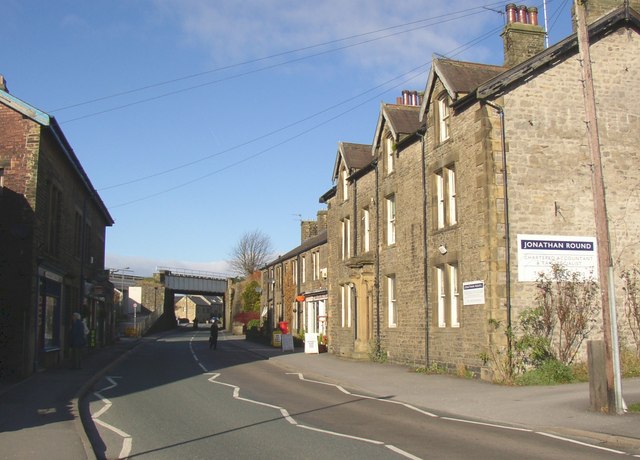
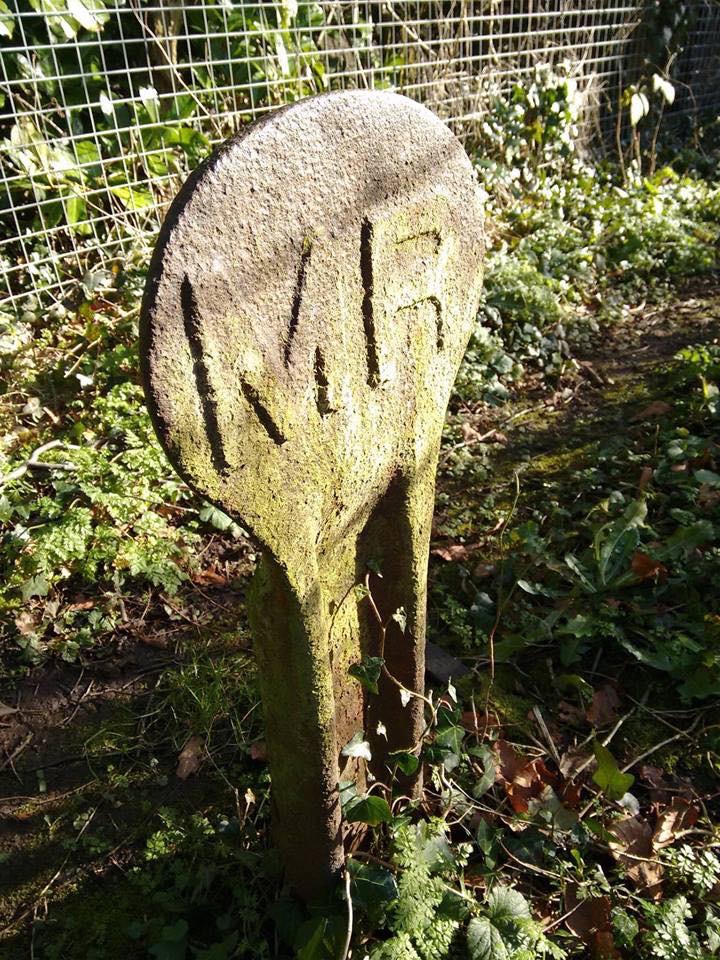
.jpg)
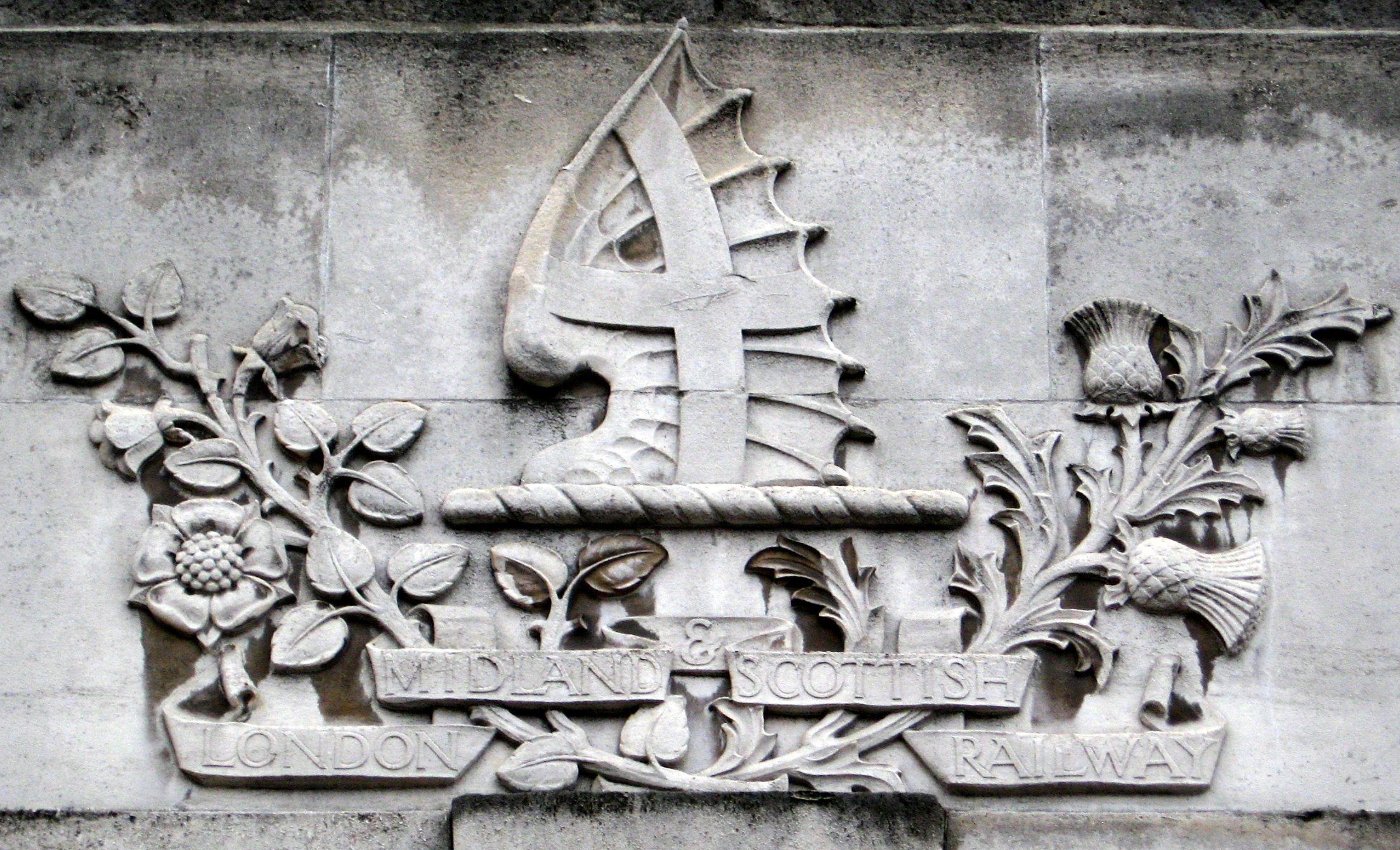
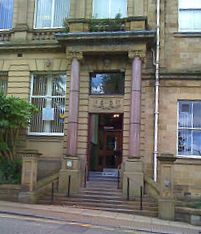
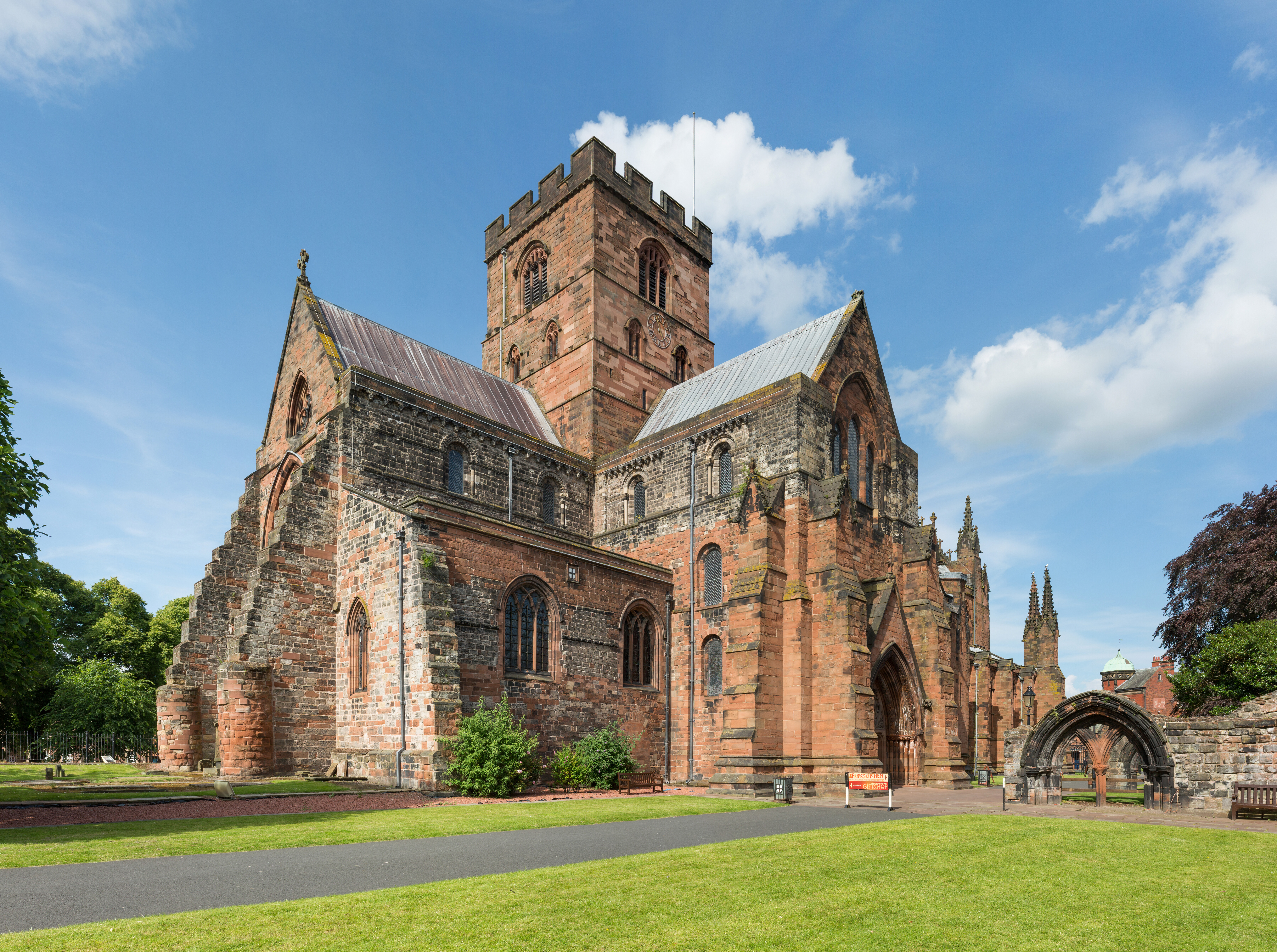
.jpg)

